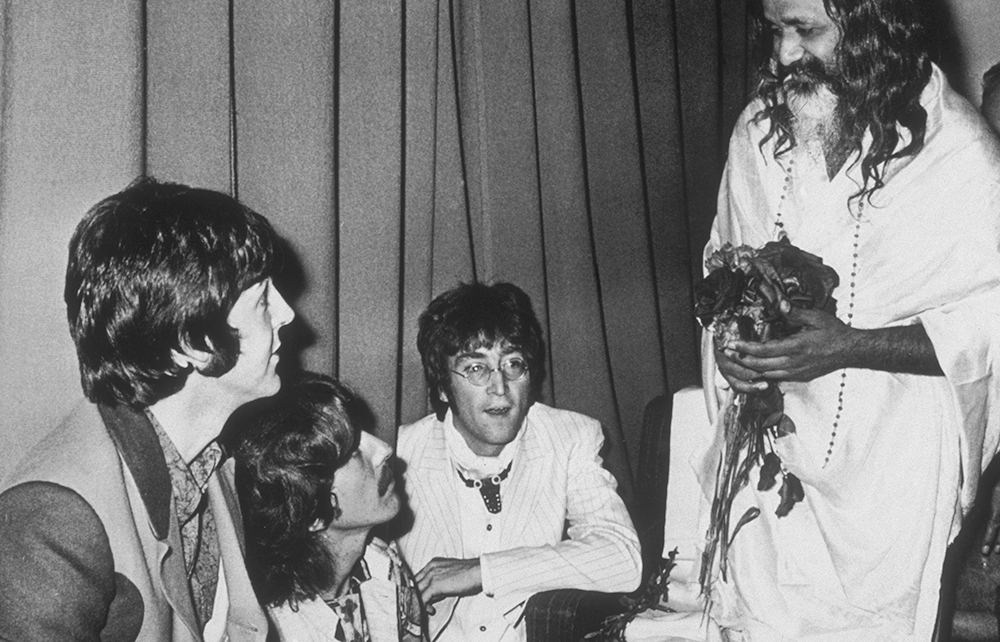Call it a prejudice if you like. Living in Japan in the 1970s, I had a slight aversion to a particular type of westerner. He – for it was mostly a he – usually lived in Kyoto, sometimes wore a kimono and liked to sit in ancient temples chasing after that presumably blissful moment of enlightenment, awakening, satori, or whatever one wishes to call it. These seekers were less interested in Japan as a society of human beings. They wanted to float in higher spheres.
As Christopher Harding explains in The Light of Asia, the Zen adepts, the Buddhist chanters, the rock-garden worshippers, the kimonoed fools (in my no doubt blinkered eyes) were part of a long western tradition. He identifies two ancient western perceptions of the ‘East’, by which he really means India, China and Japan. One conjures up images of sensual refinement, voluptuousness, sex, silks and spices, the kind of libertine temptations that Cleopatra employed to corrupt and undermine the Roman virility of Antony. The other is the promise of spiritual nirvana, sadly lacking in the disenchanted, materialist West.
Personally, given a choice, I would veer towards Cleopatra rather than the meditating monk, but Harding is more interested in the latter. And, despite my prejudices, I found his history fascinating. The book is a fine complement to Edward Said’s Orientalism, as Harding fills many of the gaps in Said’s famous thesis.
Much of western fascination with Asia came from a sense of what was lacking at home
Said presented the western fascination with the East, by which he meant mostly the Middle East, as a condescending justification for colonial domination. The East, in western eyes, was feminine, corrupt, otherworldly and irrational, whereas the dynamic, rational, masculine West was its natural master. One can find plenty of illustrations of this particular prejudice in late 19th-century French art – Jean-Léon Gérôme’s paintings of slave markets and harems, for example.







Comments
Join the debate for just £1 a month
Be part of the conversation with other Spectator readers by getting your first three months for £3.
UNLOCK ACCESS Just £1 a monthAlready a subscriber? Log in